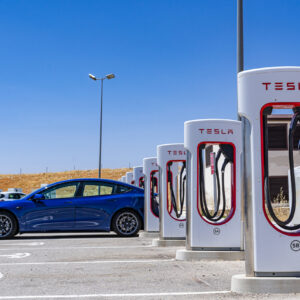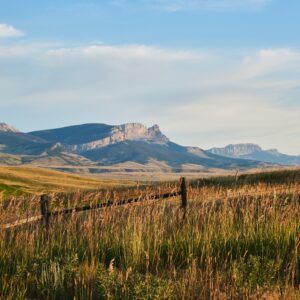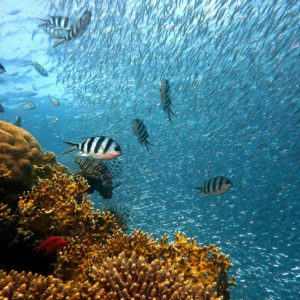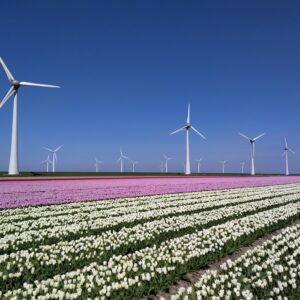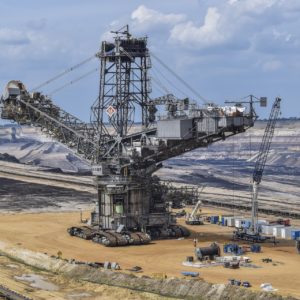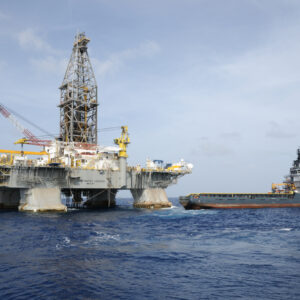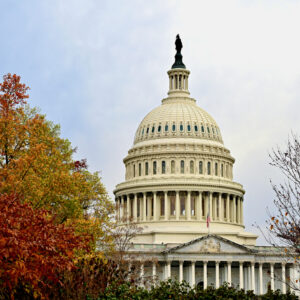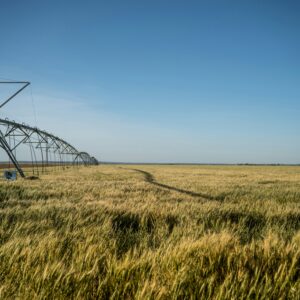"Where do most particulate emissions attributed to cars come from? California speaks as if their primary source is the tailpipe. That was true in the past. But today most vehicle-related particulate matter comes from tire wear. Cars are heavy, and as their tires rub against the road, they degrade and release tiny, often toxic particles. According to measurements by an emission-analytics firm, in gasoline cars equipped with a particle filter, airborne tire-wear emissions are more than 400 times as great as direct exhaust particulate emissions."
20/20 vision for wildlife habitat conservation
"America’s Wildlife Habitat Conservation Act (AWHCA) is a visionary, logical and reasonable policy to more broadly use our proactive tools and knowledge to improve habitat. It will make strategic investments in state and tribal led conservation on both federal and private lands with the caveat that these conservation efforts can generate funding to reinvest and do even more conservation. By strengthening relationships with states, tribes, private landowners, and the federal government, we will empower them to create proactive conservation programs that have been proven to work both on the ground and economically. Through timber sales from thinning activities and private investments in the value created through habitat conservation work, broad scale conservation can eventually fund itself far more effectively than the federal government can, but federal resources and policies are needed to get the conservation started."
Oceanography professors transform a research tool into a startup that’s sucking CO2 from seawater
"In the startup’s carbon dioxide removal system, sunlight will activate the chemical, and the acidic protons will flow into a tank of seawater. That will cause carbon dioxide gas to bubble out of the water, something like it does in a highly carbonated soda. The system captures the carbon dioxide for disposal and transfers the protons back to the photoacid. The seawater is returned to the ocean."
A new Energy Department program aims to recycle wind turbine magnets
"Funded by the 2021 Bipartisan Infrastructure Law, the prize seeks to develop “a cost-effective and sustainable recycling industry” for wind turbine components that aren’t being recycled commercially today, including wind turbine blades and the supersized magnets inside some generators. Each winning group receives a $75,000 cash prize to help advance its recycling idea. If a team’s initial results are promising, it may go on to win an additional half a million dollars in cash, as well as a $100,000 voucher for technical assistance from a DOE national laboratory."
Pressed for Space, Solar Farms Are Getting Creative
"As solar gains momentum, its champions are getting more creative about where to place panels. There are solar arrays on top of big-box stores, solar arrays on yachts and solar farms that float. There are panels small enough to work on a balcony and even small enough to attach to a smartphone. To minimize clearing land, engineers are also working on incorporating the technology into existing infrastructure. From landfills to art installations, here are five unexpected places you can find a solar farm — or at least some strategically placed panels."
Why the world’s mining companies are so stingy
"Another reason for miners’ lack of investment is woefully lengthy permit processes, which delay projects and add uncertainty. In America obtaining permits often takes between seven and ten years, with companies required to consult a variety of government agencies and other interested parties. In some countries environmental concerns have led to approvals being withdrawn. The Serbian government revoked the licence of Rio Tinto, another mining behemoth, for a $2.4bn lithium mine after environmental protests broke out in the country in 2022."
Energy Won’t Stay in the Ground
Halting U.S. energy production will not stop the world from consuming more energy.
How rerouting planes to produce fewer contrails could help cool the planet
"In those simulations, the researchers found that reducing the warming effect of contrails by 73% increased fuel costs by just 0.11% and overall costs by 0.08%, when averaged across those tens of thousands of flights. (Only about 14% of the flights needed to be adjusted to avoid forming warming contrails in the simulations.)"
House Science Committee Explores Ways to Improve ARPA-E
With changes, ARPA-E can be more effective in accelerating technological breakthroughs that bolster economic progress, reduce emissions, and advance American leadership.
Irrigation tech startup led by farming experts blossoms with revenue growth and new cash
"Smaller farms have historically irrigated using labor-intensive, manually operated systems. The systems could malfunction, flood crops, and operated inefficiently, requiring farmers to regularly go into the fields to check sprinklers and turn them on and off."
